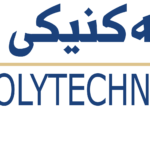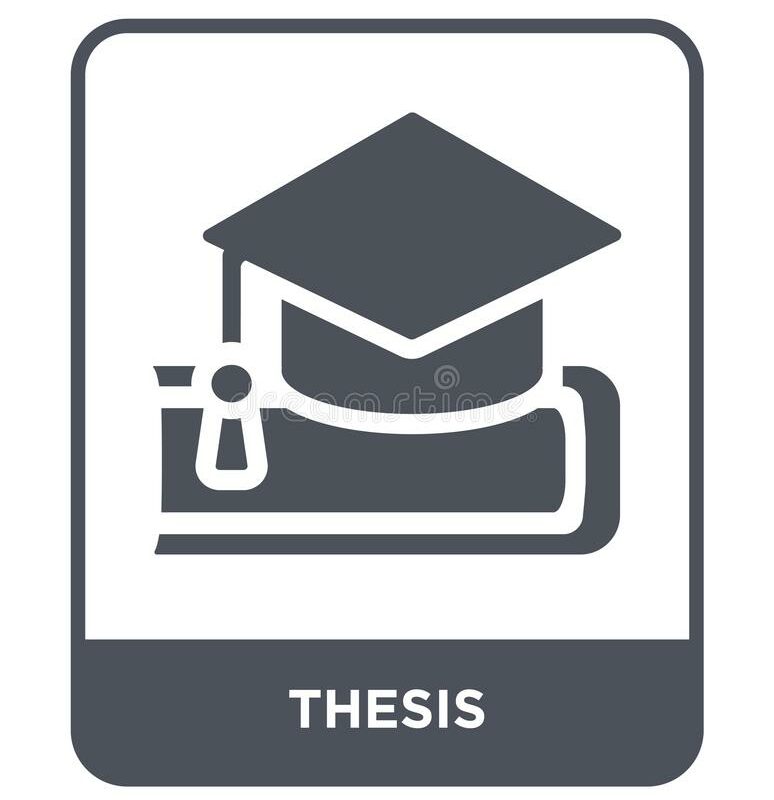- Zhala Jameel Hamad
- [email protected]
- 0750 482 6712
- Zhala Jameel _FINAL-83b3abc1
-
Load forecasting is a nonlinear problem and complex task that plays a key role in power system planning, operation, and control. A recent study proposed a deep learning approach called historical data augmentation (HDA) to improve the accuracy of the load forecasting model by dividing the input data into several yearly sub-datasets. When the original data is associated with high time step changes from 1 year to another, the approach was not found as effective as it should be for long-term forecasting because the time-series information is disconnected by the approach between the end of 1-year sub-data and the beginning of the next-year sub-data. Alternatively, this paper proposes the use of 2-year sub-dataset in order to connect the two ends of the yearly subsets. A correlation analysis is conducted to show how the yearly datasets are correlated to each other. In addition, a Simulink-based program is introduced to simulate the problem which has an advantage of visualizing the algorithm. To increase the model generalization, several inputs are considered in the model including load demand profile, weather information, and some important categorical data such as week-day and weekend data that are embedded using one-hot encoding technique. The deep learning methods used in this study are the long short-term memory (LSTM) and gated rest unit (GRU) neural networks which have been increasingly employed in the recent years for time series and sequence problems. To provide a theoretical background on these models, a new picturized detail is presented. The proposed method is applied to the Kurdistan regional load demands and compared with classical methods of data inputting demonstrating improvements in both the model accuracy and training time.
- Erbil Technical Engineering College
- information system engineering
- machine learning
- Baydaa Hassan Husain
- [email protected]
- 0750 759 0263
- Resource Scheduling in Fog Computing final-2071294e
-
One of the most remarkable innovative ideas in recent technology
advancement is fog computing. It addresses a number of cloud computing
shortcomings by bringing computation, storage, and actual services closer to end
users. However, the majority of fog devices are resource restricted. As a result,
without efficient resource scheduling, leveraging the benefits of fog computing
is challenging.
The idea of resource scheduling is to select the most suitable resources
for the applicant in order to accomplish the best scheduling target. The majority
of the recent studies have been on expanding the number of fog nodes in order to
improve the available resources. This has led to the emergence of a number of
other problems such as increasing the cost and amount of energy consumed.
Therefore, the aim of this thesis is to propose a scheduling system that will
schedule the available resources in the fog layer and distribute them according to
the required tasks without the need to increase these nodes. It has an extra layer,
Master Fog (MF), between the cloud and general-purpose fogs, referred to as
Citizen Fog (CF). The MF is responsible of task execution in CFs and the cloud.
The Comparative Attributes Algorithm (CAA) is used to prioritize jobs, and the
Linear Attribute Summarized Algorithm (LASA) is used to choose the most
available CF with the highest computational resources. To analyze the proposed
solution, iFogSim was used to create a simulation architecture and environment.
The final results indicate a noticeable scheduling of available sources
represented by an increase in bandwidth by 14%, in addition to an increase in
processing speed by 34%. On the other hand, there was a reduction in RAM
consumed by approximately 14%, in addition to a reduction in energy consumed
by approximately 14%. - Erbil Technical Engineering College
- Information Systems Engineering Department
- Networking
- Zhwan Mohammed Khalid
- [email protected]
- 0750 420 3929
- Zhwan Mohammed-72860064
-
Urine microscopic examination is critical for the diagnosis and monitoring of
individuals suspected of having renal disorders or urinary tract infections. Traditionally, urine sediment smears are examined under a microscope for manual counting
and categorization of urine sediments. This makes a time-consuming and laborintensive process. Also it is susceptible to human mistakes and the skill of the human
observer, and cannot satisfy today's clinic requirements. Clinicians and patients
would benefit greatly from an automated method that can analyze and quantify urine
sample images.
In this study a deep learning method is proposed for analyzing urinary particles. In the first step microscopic images of urine sediment ware collected in real
human urine, which combined 820 images for four cell classes: Red Blood Cell
(RBC), Calcium Oxalate, Cysten, and Uric acid. Then some preprocess on images to
be specified and clearer are provided to get a good result. In the next step for classification and analyzing urine sediment two methods are presented. In the first method
after making preprocess the image directly goes to classification algorithms, for this
method Convolution Neural Network (CNN) structure and five ConvNet models
such as MobileNet, VGG16, DenseNet, ResNet50V, and InceptionV3 have been
proposed. Therefore, in the second method before images go to classification algorithms feature extraction is performed. 22 features from the images are extracted,
and then numeric dataset is prepared and normalized it. Lastly, the normalized dataset have been introduced to the classifiers to distinguish subjects. For that purpose
two different classifiers have been employed including Support Vector Machine
(SVM) and K-Nearest Neighbor (KNN). After performing these two ways by using
eight classification models and Training on the real dataset, it was realized that the
best model is MobileNet. This model achieved the highest accuracy of 98.3%. Also,
InceptionV3 and DenceNet have comparable accuracy results with 97.5%. And the
proposed CNN structure has a good result with 96.12%. This study will be greatly
beneficial for clinicians to automate, analyze, and quantify urine sediment images. - Erbil Technical Engineering College
- Information Systems Engineering Department
- Machine Learning
- Nihad Shekhil Saeed
- [email protected]
- 0750 473 1629
- ,م, تعديل44
-
http://المستخلص الهدف: تهدف الدراسة إلى تسليط الضوء على دور إدارة التنوع بأبعاده (دعم الإدارة العليا والعدالة وبناء فرق عمل متنوعة والتدريب) في تعزيز سلوكيات المواطنة التنظيمية من خلال تعزيز الإيثار ووعي الضمير والكياسة وقيم المواطنة التنظيمية. الاطار العام للدراسة يمثل بمشكلة الدراسة وهي ما طبيعة التأثير بين إدارة التنوع وسلوك المواطنة التنظيمية بحسب اراء عينة الدراسة؟ وكثير من التساؤلا الاخرى . منهج الدراسة: سلكت الدراسة المنهج الوصفي التحليلي، أذ تم وصف متغيرات الدراسة وابعادها وكذلك مجتمع الدراسة الذي يتكون من الافراد الذين يعملون في سبعة (7) فنادق اربعة وخمسة نجوم، وتم توزيع (231) استمارة على الأفراد المبحوثين وتم الحصول على (193) استمارة من المستجيبين الصالحة للتحليل، بالاعتماد على (مقياس ليكارت الخماسي) وتم اختبار علاقات الارتباط والتأثير من خلال تطبيق الاساليب الاحصائية بواسطة برنامج SPSS v-28. أهم الاستنتاجات: توصلت الدراسة إلى مجموعة الاستنتاجات أهمها وجود المستويات العالية لإدارة التنوع وهنالك ايضاً وجود سلوكيات المواطنة التنظيمية في الفنادق المبحوثة في مدينة أربيل، تشير نتائج الدراسة إلى أن الموارد البشرية في الفنادق المبحوثة تتميز بالتنوع ووجود ممارسات خاصة بإدارة التنوع، في حين أن هناك علاقات ارتباط وتأثير بين المتغير المستقل والمتغير التابع في المستوى الكلي والجزئي. أهم المقترحات: اقترح الباحث ضرورة المحافظة على المستويات العالية لإدارة التنوع وتوظيفها وزيادة استثمارها في تعزيز سلوكيات المواطنة التنظيمية مع ضرورة الاهتمام بدعم الإدارة العليا والتدريب على التنوع لأهميتهما في تعزيز سلوكيات المواطنة التنظيمية، والعمل على زيادة التخصيصات المالية لعملية التدريب على التنوع والتركيز على بناء فرق عمل متنوعة والعدالة بين العاملين من خلال إتاحة الفرصة للحصول على حوافز مادية ومعنوية تمنح العاملين الطاقة اللازمة للقيام بالأعمال الموكلة إليهم، ومن المهم أيضا عقد الندوات واللقاءات ومناقشة القضايا المرتبطة بأهمية إدارة التنوع في الفندق، الي جانب عن تقديم بعض التوصيات بصدد الدراسات المستقبلية. الكلمات الافتتاحية: إدارة التنوع وسلوكيات المواطنة التنظيمية والفنادق أربعة وخمس نجوم ومدينة أربيل
- Erbil Technical Administrative College
- Administration
- Human resource management


